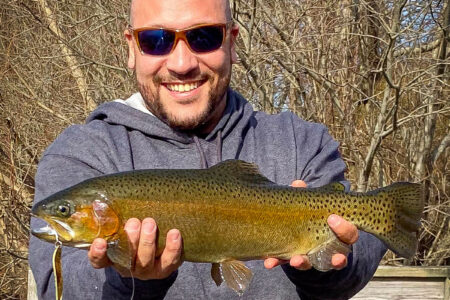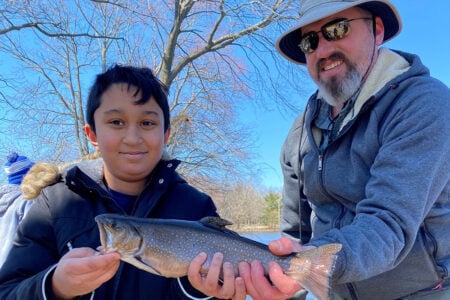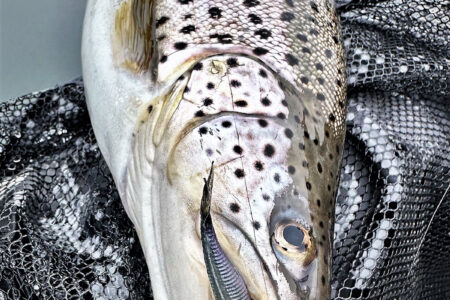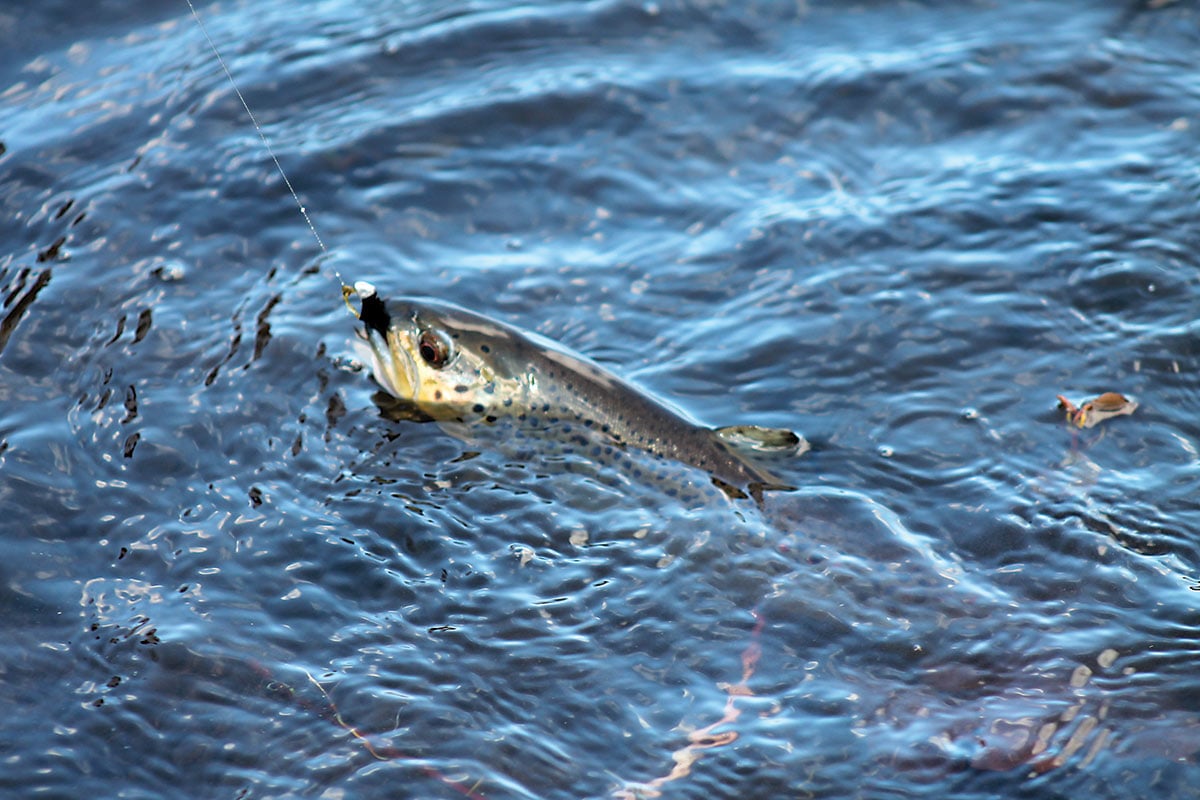
As winter transforms to spring, ultralight tackle and small bodies of water become the field of play.
Let me say right up front that I hate the cold. Palm trees, sunny days and warm water are more to my liking since years of working outside in the winter have reinforced my disdain for cold, snow and wintery blasts from up north. The one positive that comes from winter is an appreciation for the warmth, and the fishing, brought on by spring. The “spring thaw,”a period of anywhere from several days to maybe a week, marked by a noticeable rise in temperatures usually happens toward the end of February, but can occur during March some years. Whenever it does come, it is the trigger for some of my favorite types of fishing.
There is no denying my first love is striped bass, both from the surf and catching them on light tackle from a boat, but the early season fishing brought on by those first doses of spring-like weather are looked forward to with great anticipation. I’m talking ultralight, shallow water, freshwater fishing. These warm spells heat up Long Island’s shallow lakes and ponds quickly and put the resident populations of bass, pickerel, trout, perch, bluegills and pumpkinseeds into a feeding mood as their metabolism increases with the rising water temperatures. You know the timing is right when you hear the spring peepers. The “singing” of these small frogs coincides with the perfect time for this type of fishing.
One of the greatest benefits of this fishing is that there are most likely a few spots close to where you live or work that fit the bill. Pretty much any small lake or pond will do, although you will do better if you stay away from those bodies of water that get a lot of attention from the bucket brigade – those who throw everything they catch into the bucket. A little searching for those “off the beaten path” waters should provide noticeably better action on a more frequent basis.
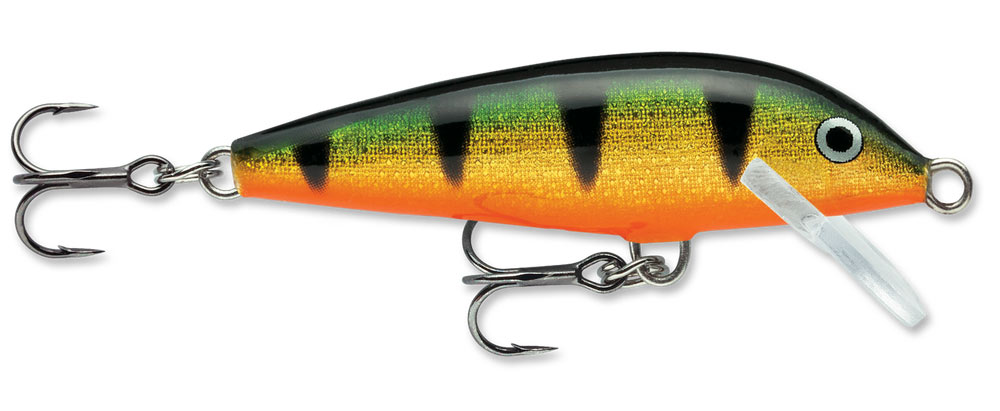 Variety is the name of the game here. Some years back during a four-day stretch in February, I caught 14 different species of fish during that period. They ranged from golden shiners to the ever present bluegill and gorgeous pumpkinseed sunfish, to gamefish like largemouth bass and trout, and even some tackle testing carp to 20-plus pounds. The key to catching all of these species is the use of true ultra-light tackle. I’m talking 4- to 6-foot ultra-light spinning rods with size 1500 reels filled with 2- or 3-pound test braid. Prior to the onset of braid, 2-pound test Trilene was the line of choice but braid is certainly the way to go these days. Braided lines have been a game changer in a big way. Theyallow for longer casts with the exceptionally light weight lures that are so effective on these fish. Most of these payloads rarely exceed 1/32 or 1/16 of an ounce. They are mainly small marabou jigs, a few tiny Rapalas or 00 spinners.
Variety is the name of the game here. Some years back during a four-day stretch in February, I caught 14 different species of fish during that period. They ranged from golden shiners to the ever present bluegill and gorgeous pumpkinseed sunfish, to gamefish like largemouth bass and trout, and even some tackle testing carp to 20-plus pounds. The key to catching all of these species is the use of true ultra-light tackle. I’m talking 4- to 6-foot ultra-light spinning rods with size 1500 reels filled with 2- or 3-pound test braid. Prior to the onset of braid, 2-pound test Trilene was the line of choice but braid is certainly the way to go these days. Braided lines have been a game changer in a big way. Theyallow for longer casts with the exceptionally light weight lures that are so effective on these fish. Most of these payloads rarely exceed 1/32 or 1/16 of an ounce. They are mainly small marabou jigs, a few tiny Rapalas or 00 spinners.
If you are a fan of TV fishing shows, you have likely been brainwashed by all of the freshwater bass shows whose hosts tout the use of braided lines ranging up to 65-pound test to catch a 5-pound fish. The fact is that it is a lot more fun, and oftentimes more productive, to catch these fish on ultralight tackle and experience some fight, rather than rip them across the surface and into the boat faster than it takes to say largemouth bass. During this part of the season, these shallow bodies of water are devoid of any lily pads and other vegetation,which allows you to fight fish free of any obstructions or line tangling structure. This is a big plus for this early season fishing since this same approach would be nearly impossible to do once waters warm and vegetation is in full bloom. You will also find that fishing pressure is almost non-existent this time of year, a welcomedchange of pace from what has become an increasingly crowded Island.
If you are looking to outfit yourself for this early spring action, get started withabout a 5-foot spinning rod rated for 2- to 6-pound test. You will find many models that fit the bill in local tackle shops. Two of my favorite rods are manufactured by St. Croix and G. Loomis but there are many other manufacturers out there that make similar rods. As I noted earlier, 1500 size reels match nicely to these rods. Ihave found the Pflueger President 1500 hard to beat for the money, and Abu-Garcia also has some reels that are ideal for this fishing. Berkely Nanofil braid is my line of choice. It is available in 1-, 2- and 3-pound test. I prefer 4-pound test Vanish fluorocarbon mono for leader material, although on occasion I will drop down to 2-pound test. Connect it to the braid with a double-uni knot, but with these light linesI find a couple of extra turns on the braid side of the knot increases its strength.
Most of my fishing is done with black 1/32-ounce marabou jigs. I use these jigs 95 percent of the time. During this time of year there is no young of the year forage. There has been no spawning yet so these fish are feeding mainly on insect larvae and other critters like leeches. The exceptions to using black jigs are when targeting carp, white perch, brown trout and brook trout; I defer to light colored marabou jigs. I believe these small jigs are not intimidating and look like a quick and easy morsel to the fish. The jigs also fish slow because of their light weight and the buoyancy of marabou. And while the warmup outside might be 20 degrees, the water has only warmed several degrees so the fish are still a little sluggish, making the slow moving jig more appealing to them.
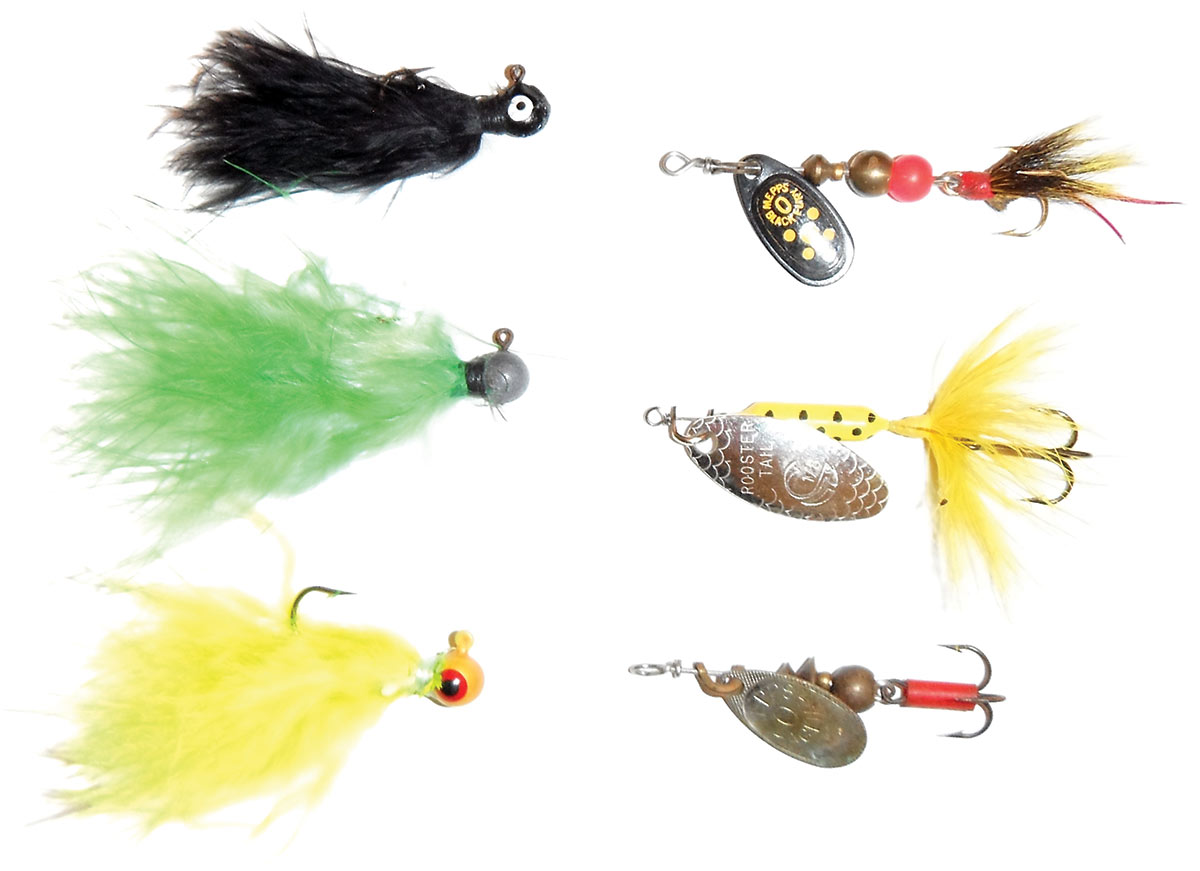
With the warm weather usually comes a south, southwest or west wind. The ideal place to fish on a pond is a shallow area on the opposite (north, northeast or east) shoreline where the warm top layer of water is being blown. The colder, lower water will fill the void on the windward shoreline, making for less than ideal conditions. Remember to keep your retrieve this time of year slow and steady, with a light jigging motion. As the season progresses and waters continue to warm, I will use other lures for a change of pace. The floating Rapala 5cm in yellow perch or gold is a killer, and a 00 Mepps or Rooster Tail spinner fished just below the surface so a V-wake is visible on top is deadly as well. Small marabou jigs can be found online but you can easily make them yourself, resulting in better quality while saving yourself a few bucks. You don’t even need a vise to tie them, and they will end up costing about 30 cents apiece.
Using the tackle and techniques discussed here has enabled me to land largemouths to 8 pounds and carp to 29 pounds, so it is possible to land some impressive fish on this ultralight gear. And don’t overlook the effectiveness of this tackle in other areas or other fishing scenarios. I once landed a 13-pound largemouth that fell victim to 1/32 black marabou jig in Florida, and a 15-pound brown trout on the Salmon River in upstate NY. This fishing is also great practice for tangling with other species on light tackle, and it will also enhance your bucktailing skills when targeting stripers, weakfish, fluke and other saltwater species.
Football season is long over, baseball season is still in its infant stage, cod have been hard to come by, and winter flounder are even tougher to find. Instead of waiting around for the first stripers to show, consider giving this fishing a try. Just do me a favor and release what you catch so that others can enjoy the action. These small bodies of water cannot continue to produce fish if we keep taking them, so please practice catch and release. The next time you hear those spring peepers singing their song, you will know it’s time to break out the ultralight gear and head for the nearest pond or lake.

